What Technology do Schools in Africa REALLY want?
)
Our efforts to close the global education gap using technology is seeing a widening of the gap instead. Where are we going wrong?
In our increasingly digitised world it is all too common to think that teachers from around the world are looking for the same technology-enabled solutions. But this idea is flawed. For technology to be an effective tool in schools it needs to achieve one of two things; make systems more efficient or present learning opportunities that will enhance learning experience for students.
If we are to meet the goals of SDG4, we should carefully consider how to meet the needs of schools across a range of cultural and socio-economic contexts. But how do we create technology solutions that are so adaptable? To answer this I would propose that we take a higher-level view of the building blocks that need to be in place first.
With the mass uptake of digital tools in recent years (especially since Covid-19) it makes utter sense to leverage the use of technology to reach the more remote areas of the globe, and close the gap in education in this way. Whilst this is a seemingly obvious solution, what we are seeing on the ground is that the education gap is only widening, not shrinking. This implies that the current available technology solutions are enhancing education in some contexts whilst disenfranchising others. This implies that we have not yet uncovered the full repertoire of possible technology solutions that will work towards achieving the goals laid out in SDG4.
Let’s talk about Sub-Saharan Africa. The stark reality for many schools is that they are heavily under-resourced. Many have little budget to even afford decent sanitary systems or chairs and desks for pupils, let alone budget to afford technology. Even if they could solve these basic challenges, the shift towards the ubiquitous use of technology is a long road littered with a plethora of other, more important budget-draining priorities.
In addition to this, data in many Global South countries (particularly in Sub-Saharan Africa) is very expensive, especially considering the wage levels of many teachers, making access to online tools for learning more inaccessible to many Africans than other people around the world. The result of this is lower levels of access, resulting in lower levels of familiarity and confidence in the use of technology.
Complicating matters further, educators are often digitally under-skilled compared to educators in the Global North. They have not had the same levels of exposure to learning tools and consequently would struggle to make effective use of them in a classroom situation. Learners are often more skilled than the educators, leaving the system unbalanced.
In aggregate this results in schools being unable to adopt and effectively utilise the tools that are currently overwhelming the market, leaving them in a stagnant position in a world where digital tools are becoming a necessity in education.
But I still believe that the power of technology and the creativity that exists behind each tech build, must be able to overcome these challenges. In other words technology must provide the solutions to overcome technology problems, and to achieve this the key word is ‘access’.
Firstly, physical access to digital tools needs to be normalised. Already most teachers, even in remote areas, will have access to a smartphone that they often use ubiquitously in their personal lives, for example the proliferation of WhatsApp as a communication tool. Therefore tech tools that focus on utilising existing hardware should be prioritised.
Secondly, access to data. Ironically the poorest countries often have the highest data charges. But the upside to this is that data is becoming cheaper and more accessible, and this trend is set to continue. Some countries, like South Africa, are providing ‘zero-ratings’ on data that is used for the public good, and tools like Starlink are already bringing connectivity to very remote areas. Solutions that piggyback on these technologies and opportunities should be prioritised.
And thirdly, digital confidence. The use of technology is a new phenomenon for many schools in the world and it will take time for educator confidence to grow in order for it to become useful. This is a war of attrition where digital confidence will ultimately prevail. Solutions that prioritise the building of digital confidence amongst educators should be prioritised.
Meeting these fundamentals lies at the heart of sustainable digital transformation on a global scale. EdTech companies should be considering their vision carefully, and ask themselves if they are setting out to have an impact, or are they building a showcase exhibit? Both have value, but only one will solve the global challenges that lie ahead.

Tags
- access
- africa
- close
- confidence
- data
- digital
- education
- educators
- gap
- global
- learning
- levels
- many
- more
- really
- schools
- seeing
- solutions
- technology
- tools
- use
- want
- world


)
)
)
)
)
)
)
)
)
)
)
)
)
)
)
)
)
)
)
)
)
)
)
)
)
)
)
)
)
)
)
)
)
)
)
)
)
)
)
)
)
)
)
)
)
)
)
)
)
)
)
)
)
)
)
)
)
)
)
)
)
)
)
)